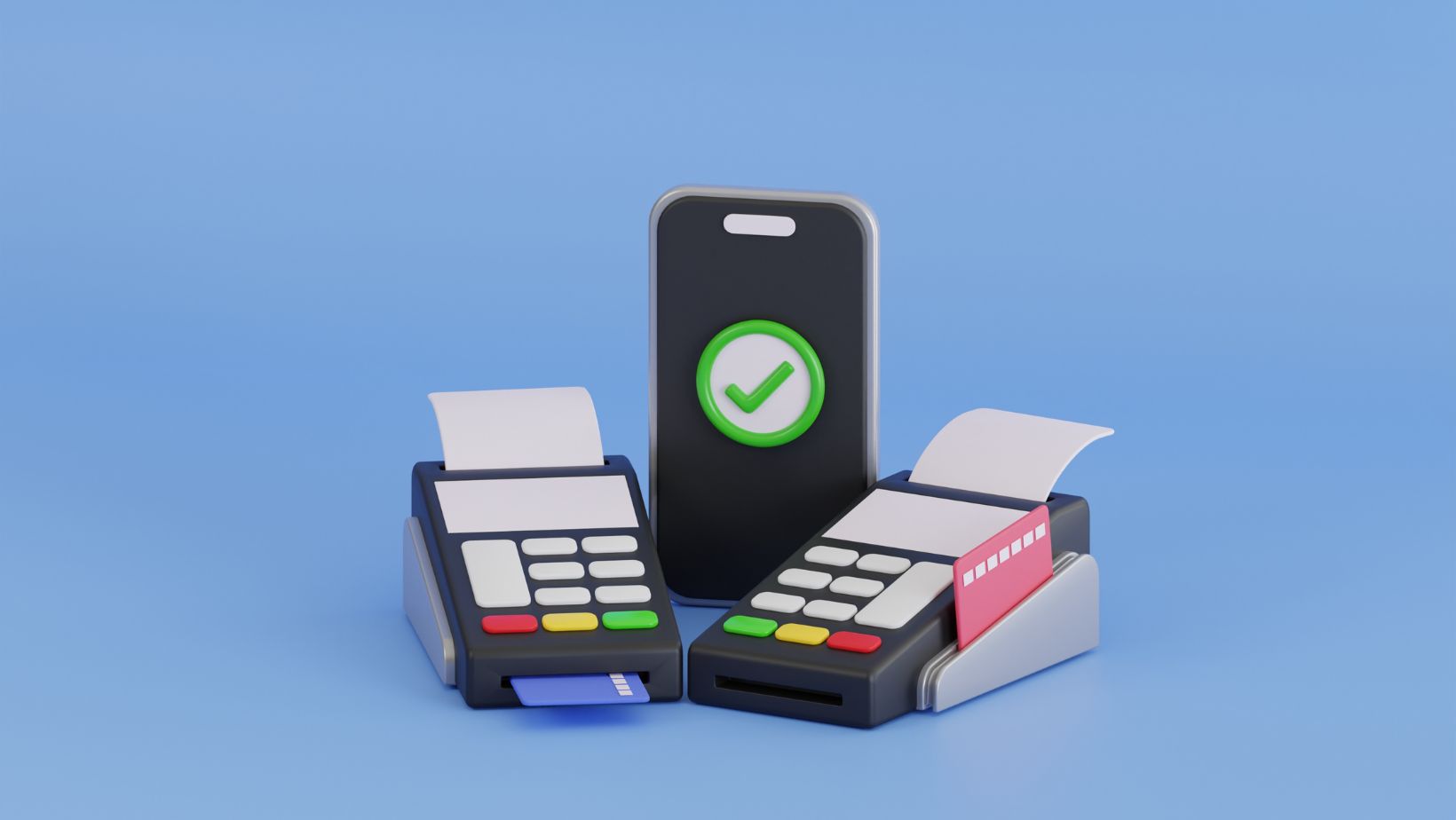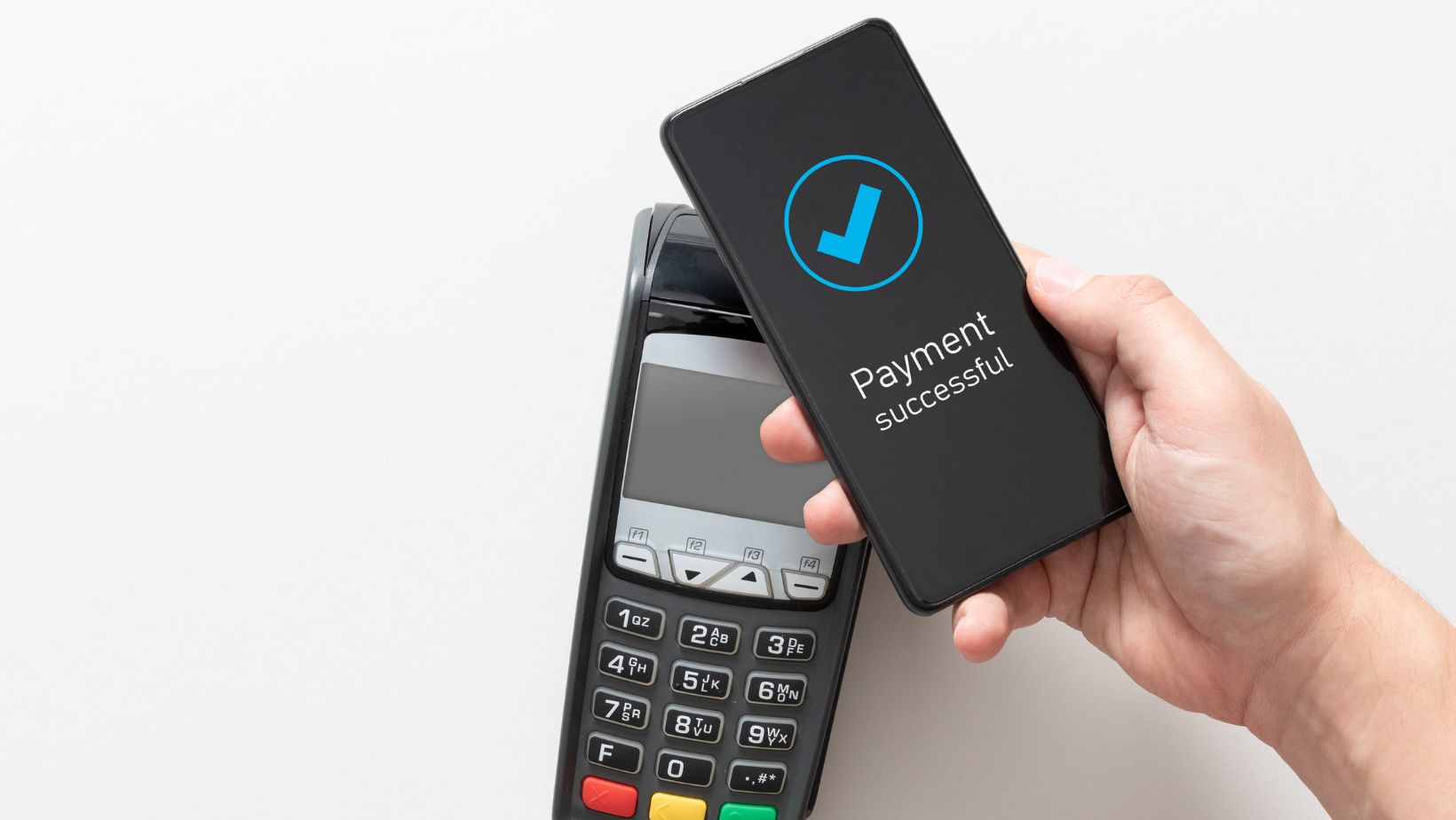In the background of nearly every digital purchase, whether it’s an e-commerce checkout, a tap-to-pay transaction at a café, or a recurring subscription, sits payment processing software. It’s the infrastructure that handles the authorization, movement, and settlement of funds between customers and businesses.
For companies aiming to offer reliable, fast, and secure payment experiences, understanding how this software works—and what makes a solution effective—is essential.
Understanding Payment Processing Software
Payment processing software enables businesses to accept payments through various channels, including credit and debit cards, mobile wallets, bank transfers, and, increasingly, alternative methods like QR codes or account-to-account (A2A) payments.
At a high level, it ensures that when a customer initiates a payment, the transaction is securely verified, authorized by the issuing bank, and eventually settled into the merchant’s account. This process typically involves communication with payment gateways, acquiring banks, and card networks, all orchestrated in milliseconds.
The software must also handle reversals like refunds or chargebacks, manage fees, and maintain accurate records of each transaction for reporting and reconciliation.
Core Capabilities That Matter
While functionality varies across providers, most reliable platforms cover a common set of tasks. These include customer payment authorisation, secure data handling, transaction history tracking, and automatic settlement of funds.

More advanced systems go beyond the basics. They streamline financial workflows through accounts payable automation, reducing manual processing and improving accuracy across payment operations. They offer tools for merchants’ onboarding, enable role-based access for finance and support teams, and provide interfaces for managing payouts and refunds. Many also include dashboards for monitoring transaction activity in real-time and generating downloadable reports for audits or internal use.
Security and compliance are foundational. At a minimum, platforms must be PCI DSS-compliant and support data encryption. Some offer additional tools for anti-money laundering (AML) monitoring and fraud detection.
Hosted vs. Licensed Platforms
One of the first decisions for a business is whether to opt for a cloud-hosted payment solution or a licensed one deployed on their own infrastructure.
Cloud platforms are easier to get started with and often require less technical overhead. On-premise or licensed systems, on the other hand, provide greater control, particularly around data handling, compliance, and integration with internal systems.
The right choice depends on factors like regulatory requirements, technical resources, and how much customization is needed.
Selecting a Solution That Fits
Choosing a payment processing system isn’t just about checking feature boxes. It’s also about aligning the software with your business model, expected payment volume, and geographic footprint.
Ease of integration is critical—especially for companies with existing apps, marketplaces, or ERP systems. Support for third-party tools like tax calculation, risk scoring, or KYC providers can also reduce time-to-market and long-term maintenance.

Scalability matters, too. As your transaction volume grows, the software must keep pace—both in terms of technical throughput and operational features.
A Brief Note on SDK.finance
For companies that want to launch or expand payment services without building everything from scratch, SDK.finance offers a payment acceptance platform that’s ready to customize. It includes merchant onboarding, transaction processing, and digital wallet functionality, all backed by an API-first architecture. While not a turnkey product, it provides a solid base for businesses looking to create tailored merchant services at speed.
Payment processing software is not just about moving money—it’s about building trust. Businesses depend on it to deliver consistent, secure, and seamless payment experiences. Whether you’re accepting payments online, at the point of sale, or through a mobile app, choosing the right platform can make a measurable difference in operational efficiency, customer satisfaction, and long-term growth.
As the payments ecosystem continues to evolve, flexibility and control are becoming just as important as speed and convenience. Selecting software that allows for both is no longer optional—it’s strategic.



